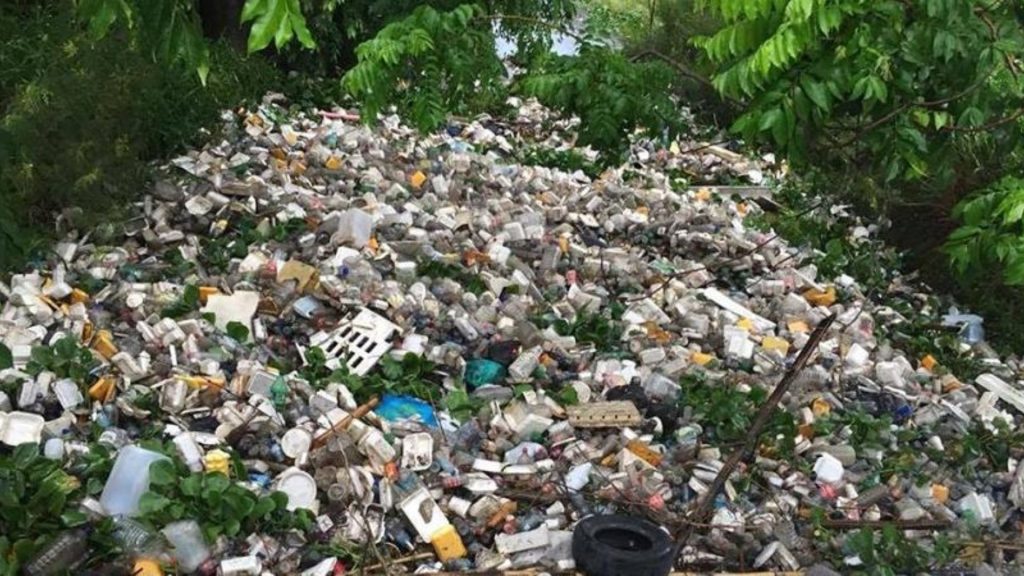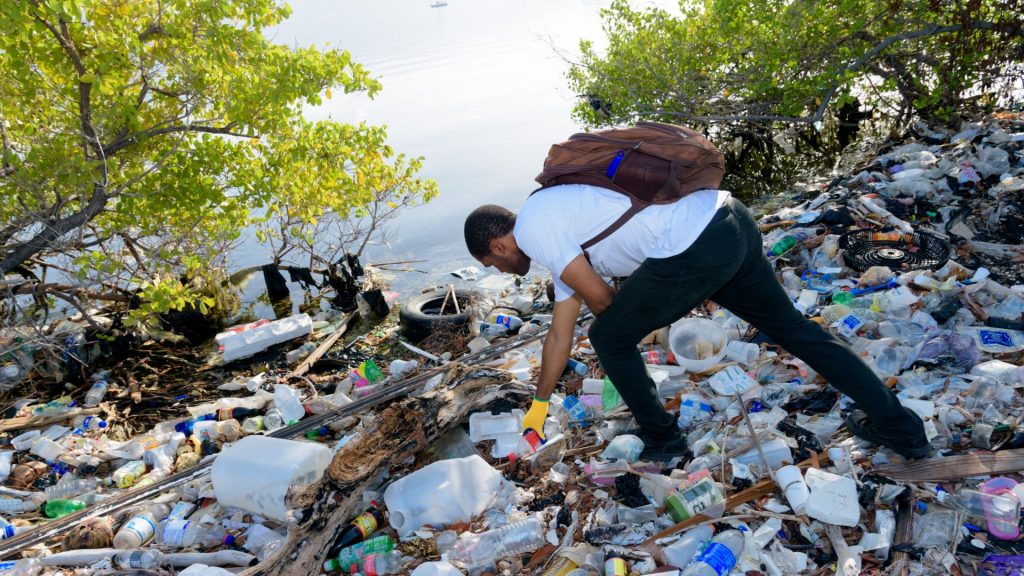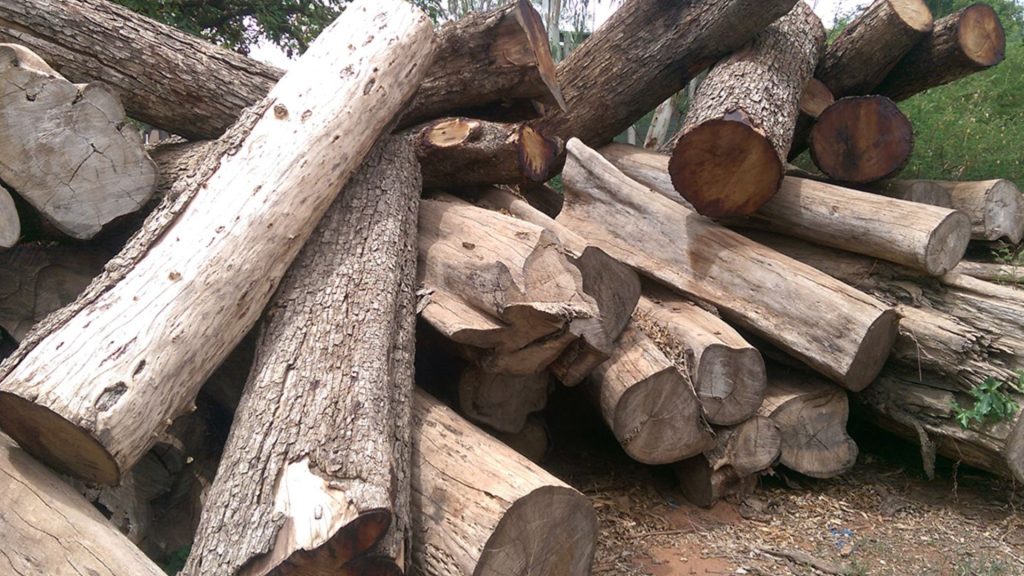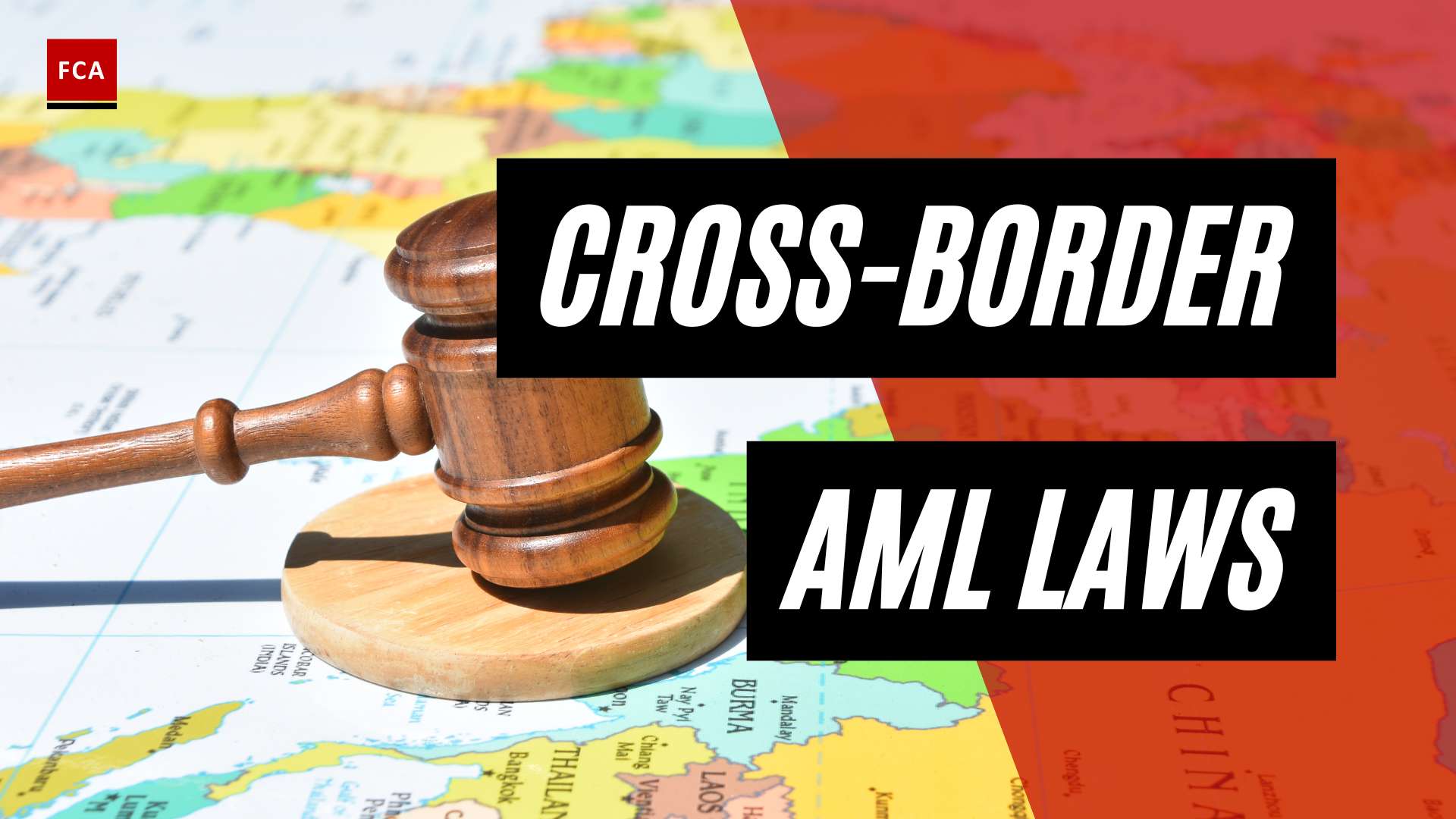There are hotspots of environmental crimes. All continents are affected by the global problem of illicit logging. One of the main factors contributing to global deforestation between 2000 and 2012 was the illicit conversion of almost 20 million hectares of forest into agricultural land. According to the University of Maryland, forest fires and deforestation brought on by logging, mining, and agriculture were the main causes of the loss of global tree cover in 2001, which totaled 29.7 million hectares.
The International Union of Forest Research Organizations provides an overview of the current estimations across different nations and internationally, focusing more on illicit logging and related wood trafficking. Particularly, illicit logging is pervasive throughout the whole tropical forest belt. According to INTERPOL, illegal logging makes up about 15 to 30% of all wood sold globally and 50 to 90% of all forestry activity in major tropical-producing forests, including those in the Amazon Basin, Central Africa, and Southeast Asia.
According to reports, several nations in the region are the primary hotspots for illegal extraction. In South East Asia, these are Indonesia, Myanmar, Malaysia, and Papua New Guinea. It also includes, but is not limited to, Brazil, Paraguay, and Peru in Latin America. For instance, it is believed that in 2013, Malaysia, Indonesia, and Brazil each contributed between 0 and 10 percent of the average total illegal tropical wood.
Historically, the top importers of both legal and illegitimate tropical wood products were the EU, the US, and Japan. But in recent years, India, China, and Vietnam have emerged as the top importers of these goods globally. In fact, between 2006 and 2013, the import of illegal lumber among these three nations rose by more than half. Meanwhile, it fell for the US and the EU by a third and a half, respectively.

Hotspots of Environmental Crimes for Illegal, Unreported, and Unregulated Fishing
The illegal, unreported, and unregulated fishing issue is considered a worldwide issue that affects both the high seas and economically developed countries. When coastal regions are overfished, boats frequently leave and enter a third country’s waters, most of which are developing nations. According to World Ocean Review, the condition is terrible off the West Africa bank, where IUU fishing is responsible for 40 percent of all fish captured worldwide, including by fishing vessels from Asia and Europe.
The Western Pacific Ocean is listed as having the second-highest rate of IUU fishing, behind the Atlantic coast of West Africa. A similar circumstance exists in the Northwest Pacific Ocean, particularly in the West Bering Sea. China and Russia are the leading countries engaging in IUU fishing in this area, accounting for 33 percent of the catch. In terms of value and consumption, the EU, the United States, China, and Japan are the world’s largest markets for fishery supplies. These nations are also reportedly the main destinations for IUU fishing.
Hotspot for Waste Crimes
When it comes to illegal waste disposal, the fresh trend demonstrates that it is now more frequently transferred off-site to specific spots for waste disposal or to be dumped at sea. Previously, illegal waste disposal was associated with immediate manufacturing locations, for example, in surrounding neighborhoods, a factory.
The main exporters of illegal waste have reportedly been the EU, Japan, Australia, and the US for several years, with the primary recipient nations being Asia, including China, Hong Kong, Indonesia, India, Malaysia, Pakistan, and Vietnam, as well as Ivory Coast, Guinea, Nigeria, Ghana, Benin, Tanzania, and Senegal in Africa. Eastern Europe is also listed as a destination location but to a smaller degree.
The routes taken by illegal waste depend greatly on the kind of waste that will be disposed of. For instance, electrical and electronic waste, sometimes known as “e-waste,” is frequently exported to South Asia, Africa, and Eastern Europe. Old auto parts and end-of-life vehicles are frequently shipped to Asia, particularly China. Also, plastic is frequently shipped to Asia.

The conventional routes have been disrupted by China’s recent efforts to better manage illegal waste imports, with Vietnam and Northeast Asian nations acting as transit countries for waste transportation, with China as the final destination. Western African nations, especially Ghana and Nigeria, have turned into dumping grounds for e-waste from other parts of the world. The legal e-waste recycling business in China has significantly improved, but the informal sector still contributes significantly to the collecting and processing of e-waste. Additionally, In 2014, the United States and China disposed of around one-third of all the e-waste produced worldwide.
Hotspot for Ozone Depleting Substances
The enforcement of the Montreal Protocol and nations’ efforts at crime stoppage and response are two factors that may be used to explain why trends in destinations and origins in the illegal trafficking of ODS have been changing. Despite the relocation, in 2013, the United Nations Office on Drugs and Crime noted that the illegal ODS trade posed a hazard, particularly in East Asia and the Pacific, regions where ODS are produced and consumed.
It was reported that China was the main source of ODS trafficking, with the Philippines, Indonesia, and Thailand serving as the primary transit nations. The United States and the European Union remained hotspots for consuming legal and illegal ODS due to the high demand for CFCs, which are utilized in cooling equipment.
Hotspot for Illegal Mining
The mining industry is a major element of the economies of many nations worldwide, and it is reasonable to assume that unlawful mining poses a danger to them. With ongoing growth in illegal gold mining, Latin America is among the key hotspots for illicit mining.
The Global Initiative in 2016 claims that the area is currently unique in the large proportion of illegally mined gold, around 30 percent in Bolivia, 28 percent in Peru, 80 percent in Colombia, 77 percent in Ecuador, and 80 to 90 percent in Venezuela. As a result, it is currently projected that illegal gold mining in Latin America has replaced narcotics as a lucrative industry.
With instances commonly documented in the Amazon jungle, it continues to be a severe environmental problem in Brazil. Large-scale illegal mining, including artisanal and larger mines, is prevalent in Africa’s major conflict zones, including the Central African Republic, Sudan, and the Democratic Republic of the Congo.

Final Thoughts
Environmental crimes are defined broadly as illegal acts that directly harm the environment. Illegal wildlife trade, smuggling of ozone-depleting substances (ODS), illicit trade in hazardous waste, illegal, unregulated, and unreported fishing, and illegal logging and the associated trade in stolen timber are among them.









